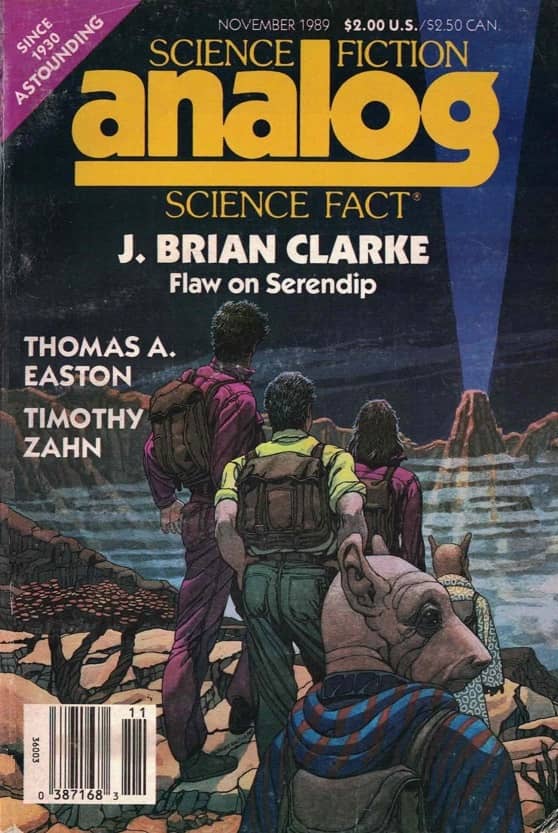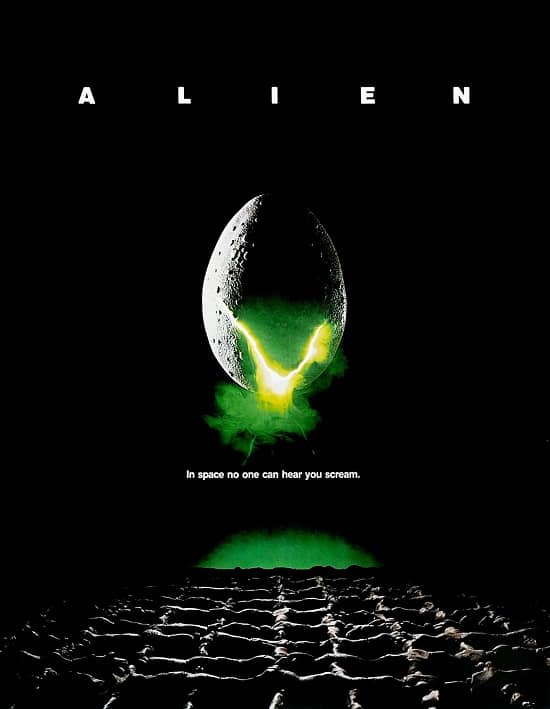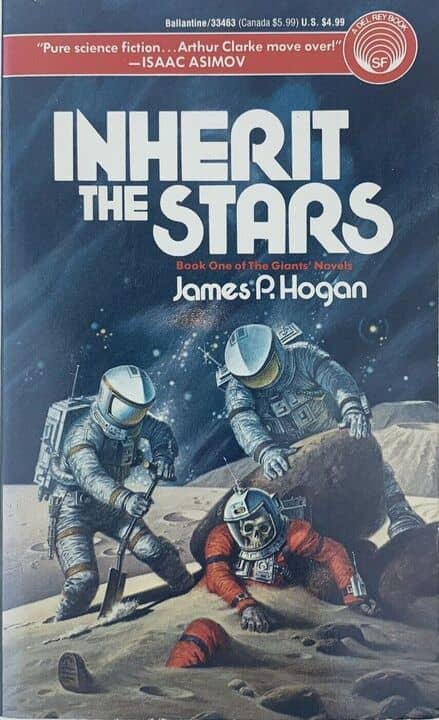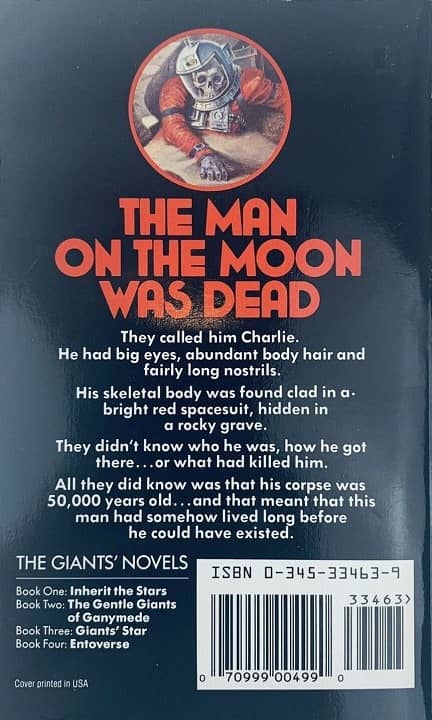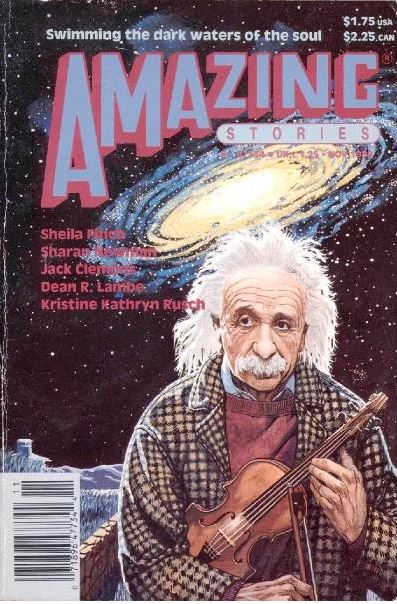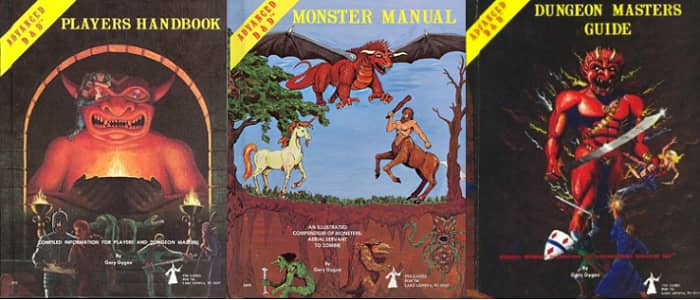Analog Science Fiction and Science Fact, November 1989: A Retro Review
Analog Science Fiction and Science Fact, November 1989. Cover by Janet Aulisio
My quatro-decadal-review system for vintage magazines broke down for a while. What can I say? 2021 was a tough year for everybody! But I’m back in the game with Analog November 1989, which 20-year old me might have enjoyed back in the day. Let’s jump back and jump right in!
First off, though, that cover. It really has an 80s look — like those are Members Only jackets they are wearing.
Editorial: “Town Meeting” by Stanley Schmidt
Mr. Schmidt stood in at a town meeting regarding expansion of a factory. Anti-expansion groups are opposed to it on the basis of ecological impact (which is technically incorrect, they were opposing it because of estimated human health impact). So the whole thing spins on the shadowy art of Risk Assessment.
